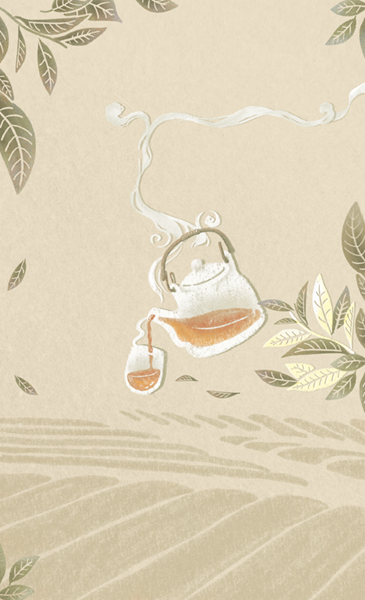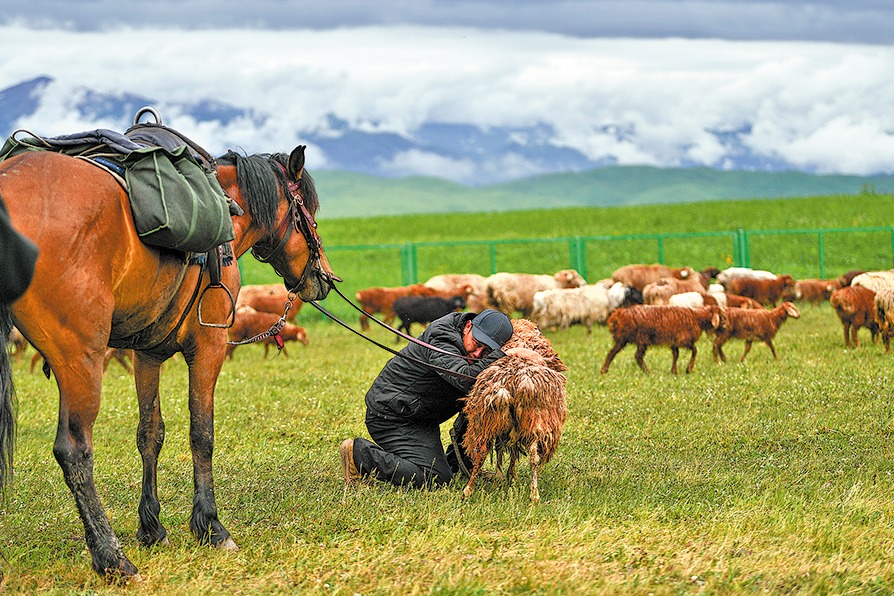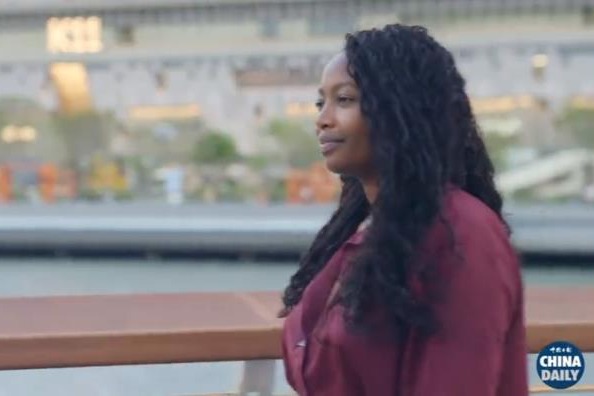Brewing civilization


Editor's note: Beijing is co-hosting the 2022 Winter Olympics and Paralympics with Zhangjiakou in Hebei province. From culture and cuisine to tourism and the arts, we take you to the attractions in these areas of North China for an unforgettable stay.
Tea is more than a drink. It is a significant reflection of shared cultures and individual lifestyles, with the ancient beverage playing an even greater role in the world today.
The value of tea has continued to gain global recognition with the United Nations inaugurating International Tea Day on May 21, 2020.
The resolution suggests observing the day through education and activities to raise public awareness of the importance of tea for rural development and sustainable livelihoods.
For millions of people in countries like China, the United Kingdom, India, Japan, Pakistan and Sri Lanka, tea is a source of relaxation, spirituality, tradition and pleasure.
Tea is very much a way of life. It is the second most consumed drink in the world, after water and before coffee. It is produced in more than 60 countries and regions, and is enjoyed by over 2 billion people, Xinhua News Agency reports.
With its tea-drinking history dating back 3,000 years, China is the perfect place to begin an in-depth examination of tea's place in global society. Tea can involve a great deal of etiquette, tradition and serenity.
The Classic of Tea compiled by writer Lu Yu and first published in 780 is the world's first known monograph on tea.
It offers comprehensive information about how different varieties were grown, processed, rated, cooked and consumed, as well as how tea sets should be designed and produced.
Legendary tribal leader Shennong used tea as herbal medicine nearly 5,000 years ago.
When the Western Zhou Dynasty (c.11th century-771 BC) was founded, people in today's Sichuan province offered tea as tribute to their king.
The earliest specimen of tea in China was found in the mausoleum of Western Han Dynasty (206 BC-AD 24) Emperor Liu Qi.
Before The Classic of Tea, ordinary Chinese "ate" rather than "drank" tea.
In the Song Dynasty (960-1279), the ceremony evolved so that people poured boiling water into a bowl of tea powder.
In the Ming Dynasty (1368-1644), the way of drinking tea became more casual by pouring water on loose leaves. This practice continues in the country today.
China's diverse climates produce hundreds of tea varieties.
Nearly every province has its own distinctive type of tea, such as West Lake Longjing, Suzhou Biluochun and Huangshan Maofeng.
Chinese tea has also become an ingredient with many possibilities for food and drink. In the magic hands of chefs, brewers and bartenders, tea leaves regularly enjoy a new vitality through different forms and presentations.




































